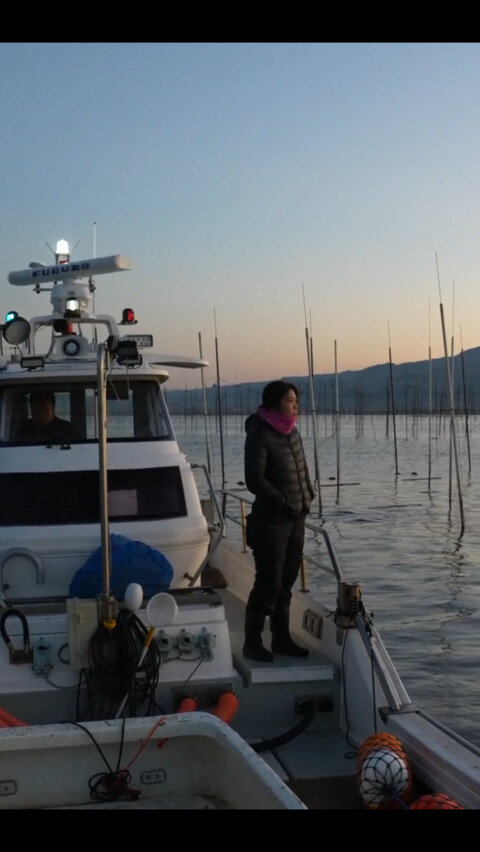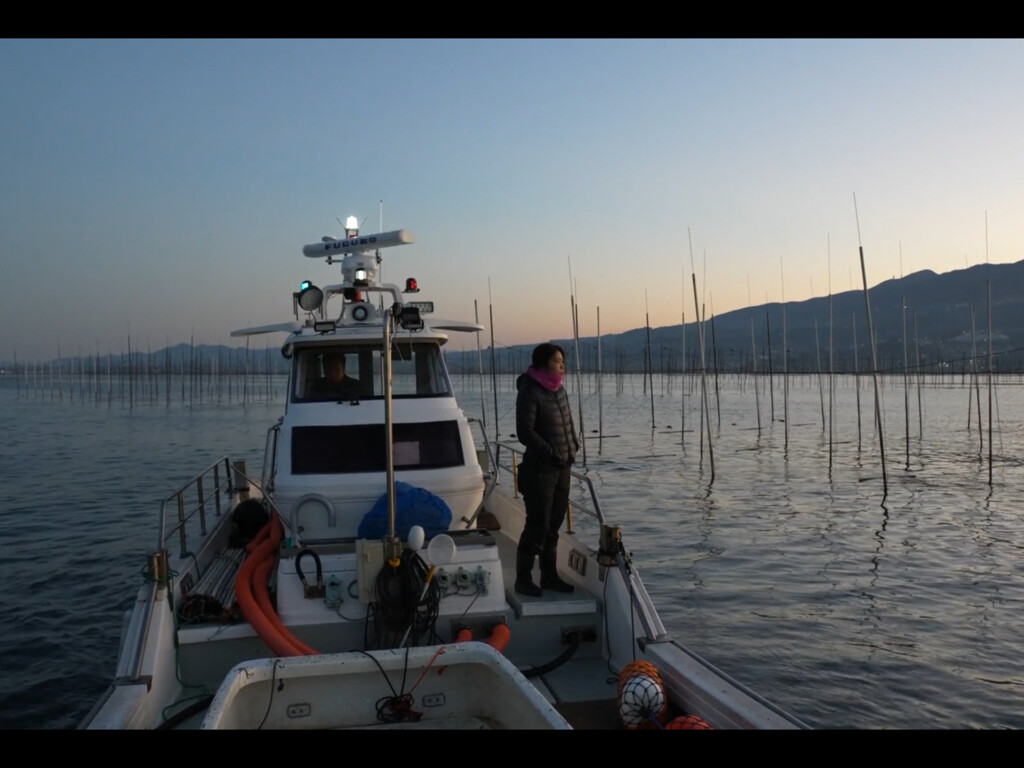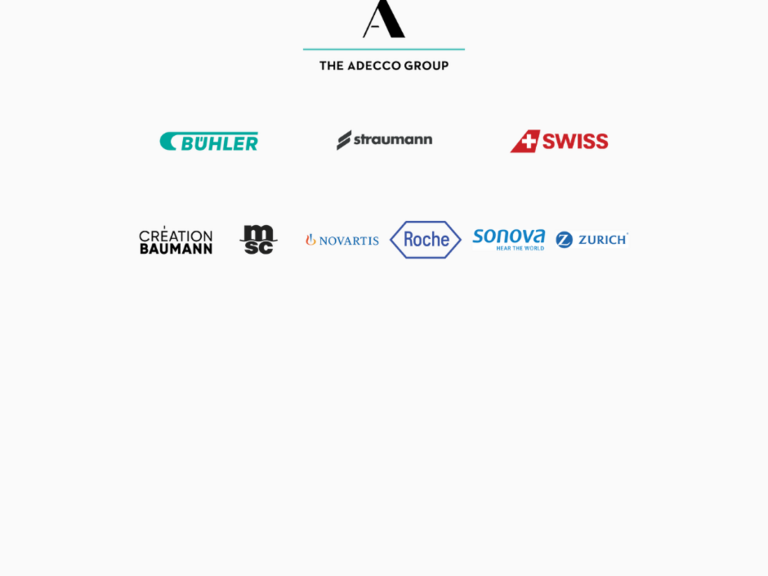

Umi No Oya - Maya Minder and Ewen Chardronnet
Swiss Cinema Days - Documentary Preview Screening
Swiss artist and chef Maya Minder with author and curator Ewen Chardronnet investigate in their work the potential of algae in the ecological transition. In this documentary essay, they explore the legacy of British algologist Kathleen Drew-Baker, whose crucial scientific discovery in 1949 about the life cycles of red algae contributed to the rise of nori aquaculture in post-war Japan. The film pays tribute to Drew as Umi No Oya (海の親) - the mother of the sea - and looks for inspiration in the resilience she instilled in post-war Kyushu to face the new challenges of climate change. On October 11, a preview screening of the film will be held at Shibaura House where the film was partly shot.
Umi No Oya - 海の親
Ewen Chardronnet & Maya Minder, 2024, 63’
In southern Japan, at the base of the Uto peninsula, inside Sumiyoshi park, near the shrine, there is a monument. The face of the monument is the profile of a bespectacled middle-aged woman wearing a button-down shirt, her gaze tilted slightly upward and into the distance, as if watching over the sea. Below the portrait is inscribed IN MEMORY OF MADAME KATHLEEN MARY DREW, D. Sc. – a British phycologist who died in 1957 at the age of 56, having never set foot in Japan.
Meticulously studying European species of red algae, such as Laver, since the 1930s, Dr. Kathleen Drew-Baker discovered in 1949 that nori spore nested in oysters shells. She published a science paper in Nature and shared her discovery with Japanese marine botanists Sokichi Segawa and Fusao Ota in Kumamoto, who disseminated the technique among local nori farmers of the Ariake sea in Kyushu. Within a few years, Ariake Sea nori production significantly rebounded, heralding an industry that would reach its peak in the following decades.
Since 1963, the monument in Sumiyoshi park commemorates Dr. Kathleen Drew-Baker, who first discovered this missing piece of the nori life cycle. In the region, where nori spores are carefully seeded in oyster shells each summer, she is recognized as the birth mother – umi no oya
(生みの親) – of nori aquaculture. Every year on April 14, her contribution is celebrated with a dedicated festival, while a Shinto ceremony honors the British phycologist as a deity. It’s no wonder some interpret her legendary status as umi no oya (海の親) – Mother of the [Ariake] Sea.
With the support of Antre Peaux, ART2M, DDA Contemporary Art, ProHelvetia, Vitality Swiss, Embassy of Switzerland Tokyo, Swissnex in Janan, Biolab Tokyo, metaPhorest / Waseda University Tokyo, Jeu de Paume museum and the More-Than-Planet program funded by the Creative Europe program European Union.
Date: October 11, 2024 19:00-21:00 (Doors open at 18:30)
Venue: SHIBAURA HOUSE (3-15-4 Shibaura, Minato-ku, Tokyo)
This event is part of the Swiss Vitality Days 2024, celebrating the 160th anniversary of bilateral relations between Switzerland and Japan, and takes place in the framework of Vitality.Swiss, Switzerland’s public diplomacy program on the road to Expo 2025 Osaka – Kansai.
SPONSORSHIP SWISS VITALITY DAYS I

Article’s cover:
Umi no Oya, 2024, Ewen Chardronnet and Maya Minder